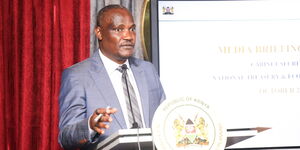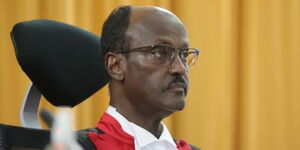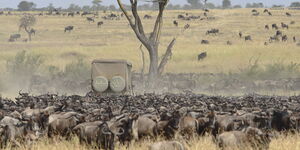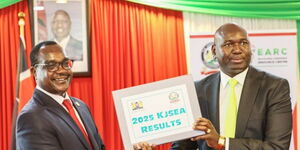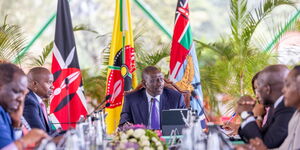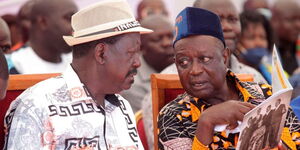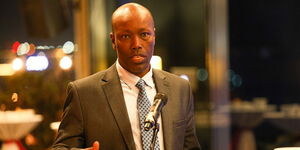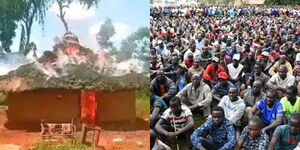As you head to Parklands Second Avenue, about 7.1 kilometers from Nairobi Central Business District (CBD), an iconic house stands out due to its derelict nature.
Hailed as one of the oldest establishments in Parklands, Desai House is currently a shadow of its former self. It was constructed by freedom fighter Jashbhai Motibhai Desai.
The house recently made headlines when a Nairobi-based court gave the green light for it to be auctioned at a reserve price of Ksh412 million, bringing to light a mansion that has stretched to generations.
In the 1950s, the house was a reserve for distinguished guests such as prime ministers, presidents, and opposition chiefs from Africa, India and America.
The likes of Zambia's first president Kenneth Kaunda, Zimbabwe's vice-president Joshua Nkomo, and former Prime Ministers of India - Rajiv Gadhi and Indira Gadhi were some of the guests that graced the house.
At the time, Kenya was in the liberation struggle to gain independence - a cause that Motibhai supported. As a result, the freedom fighter turned the house into a safe meeting place for Mau Mau fighters.
It is reported that they would sneak in at night into the house without the knowledge of British colonialists. It is, however, in this house that former freedom fighter Bildad Kaggia was discovered under Desai's bed after hiding from the colonial government.
Kaggia was later punished and detained for ten years where he had been hiding and delivered to the colonial government. He was later detained for ten years in Kapenguria in 1952.
Further, secret letters to British Members of Parliament were being sneaked from the house in diplomatic bags to the Indian High Commission from where they would be transmitted to London.
The house became a vital communication point for political leaders who sought to plot the next revolution and liberate against British rule.
Due to several secret night meetings, Desai forged close political ties with founding President Jomo Kenyatta who became his ally through Chief Koinange.
"He came to my office and we became instant friends," Desai once gave an account of his first meeting with Kenyatta as reported by the Nation.
Former Vice President Jaramogi Oginga Odinga also hailed Desai for his prowess in matters of politics, crediting how the businessman taught him his vital lessons.
"You should know that my association with Desai is from 1944 when I came to Nairobi. I was actually a teacher at Maseno and the place we were coming to was Desai Memorial Hall and then we would be taken to his house. Politics then was very vague in our minds," Jaramogi was once quoted by the Standard.
Desai's political influence also stretched to the fallen leader, Mwai Kibaki, who has in the past attributed how he would travel to Nairobi in order to witness former president Jomo Kenyatta's meeting with Desai at his home.
Unrelenting in his quest for independence, Desai continued with the struggle until 1961 when he died due to kidney failure.
At the time, Desai had divided his wealth among his children and grandchildren.
The house has since become the centre of controversy after Desai's grandchildren, who inherited the property, sought full ownership. The case dragged in court for years, leaving the house to be in a destitute state.

